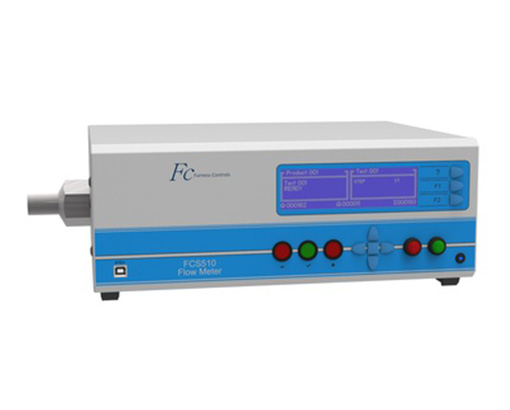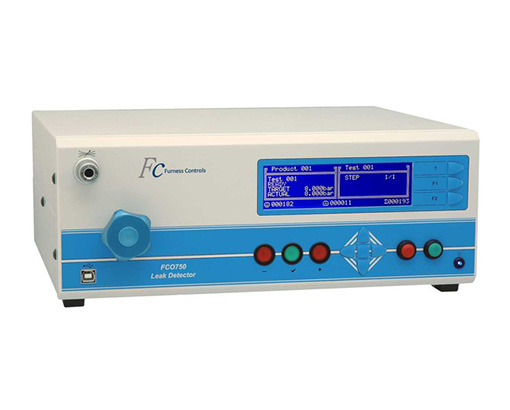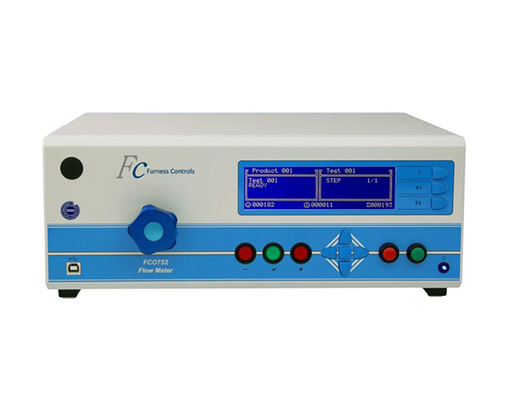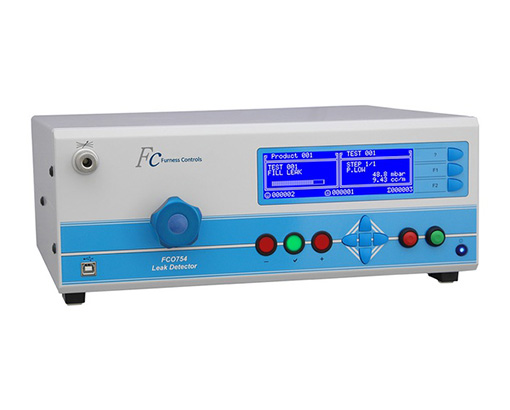
Gas
Case Integrity/Combustion Soundness
Systems commonly referred to as “Boilers” generally use fuel to convert into heat energy for hot water and heating. Gas or liquid based fuels produce fumes when burned which can be harmful if allowed to escape into a confined space. All such appliances must be tested to ensure the integrity of seals which prevent the escape of fumes and ensure that harmful exhaust gases are discharged through flue systems to a safe area. Similarly, fan assisted burners use Combustion chambers to control the efficient use of fuel in exchange for heat energy. These chambers are tested to ensure correct assembly and integrity of seals which prevent the escape of harmful gases into the cabinet.
Component testing
To reduce the chances of failure at the final appliance test stage, all parts of a gas appliance are leak tested at their manufacturing stage. These parts are tested to a tighter leak specification so that the accumulated leak from all parts does not exceed the leakage allowed for the final appliance. These parts are normally tested using the FCO730 or FCO750 Leak Detectors as the need to rectify leaks using the continuous flow principle does not apply
Flow checking gas burners
Each burner of a gas appliance must be tested to ensure that it produces its specified heat output. This is achieved by measuring the volumetirc flow rate of gas for each burner in its low and high flow positions.
The FCO752 is designed specifically for the flow testing of gas burners/injectors. To do this it has certain unique features over normal volume or mass flow-meters which make it suitable for the job:
The instrument has both flow and pressure measuring sensors allowing it to display test pressure and flow-rate at the same time.
- The instrument has up to 300 test programmes for different flow rates and pressures. These test programmes can be sequenced together in series to carry out all the tests on a gas appliance without delay.
- The resistance to flow and the response of the FCO752 are exceptionally good. The overall resistance is about 1 mbar, which is important when the available pressure is only 20+ mbar; and the response is less than 1 second, achieving fast results.
- To help choose the correct flow value, a percentage window can be programmed which will give FLOW HIGH/PASS/FLOW LOW lamps on the front panel and remote control box of the instrument. A typical window of acceptance would be ±5%.
- Among the advanced features of the instrument, one of the most important is the pressure compensation capability that corrects the flow reading automatically with any minor variations in test pressure. For instance if the required test pressure is programmed at 20 mbar and the pressure drops to 19 mbar the instrument will compensate and still return the correct flow reading.
- The instrument has a built-in temperature sensor that automatically compensates for ambient temperature variations.
Leak Detection
The FCO754 Gas Appliance Leak Detector is designed specifically for Leak Detection in Gas Appliances. When testing finished products for leakage, it is essential to be able to identify and rectify any leaks without having to move the appliance to a rework station. The FCO754 facilitates this by showing a live leak reading. This allows an operator to check and tighten couplings on the appliance with visual feedback of the result.
Appliances which incorporate gas valves will need to be leak tested with valves open and closed. The FCO754 can be configured to operate a series of leak tests on the appliance achieve this.
Tracability and Data Collection
All modern appliance manufacturers must keep leak and flow test results for every product manufactured to provide product traceability. Furness Controls leak detectors and flow meters can be intergrated with 1D and 2D Barcoder readers to select the correct sequence of tests for the product, along with the unique serial number of the product under test. In conjuction with the data logging feature and RS232, RS485, LAN and Ethernet communications, this data can be exported to printers, markers, PCs, or across networks.




